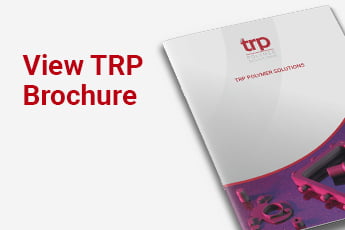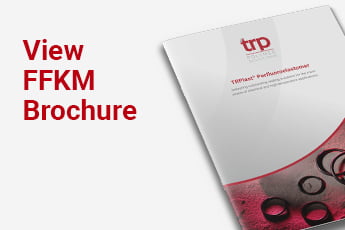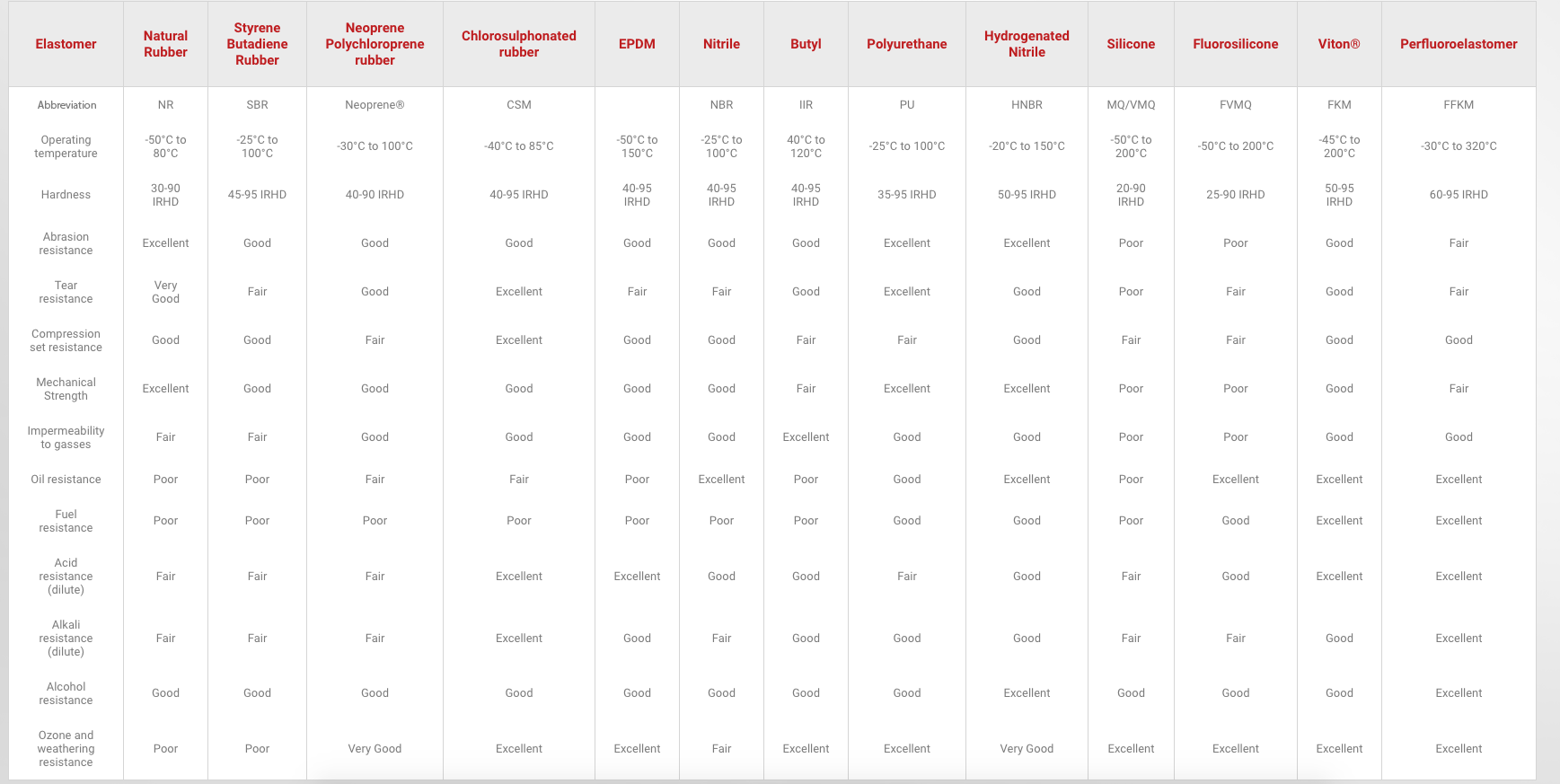What is the difference between FKM and EPDM?
Choosing the right ‘O’ ring material can be the difference between a durable and reliable seal or one that very quickly fails, leading to costly unexpected downtime. FKM and EPDM are two common seal materials noted for their reliability. But what is the difference between FKM and EPDM? TRP Polymer Solutions explains all in this FKM vs EPDM comparison.
FKM and EPDM differences
FKM and EPDM are both exceptionally durable materials, offering excellent thermal and oxidation resistance. However, there are some differences between these two types of polymer, as we outline below.
Fluoroelastomers (FKM)
Fluoroelastomers (FKM) are characterised by their strong carbon-fluorine bonds, which give them the advantage of exceptional chemical, thermal and oxidation resistant properties. FKM also offers a wide operational temperature range of -45 °C to +204 °C, has good mechanical properties, and its density gives a high-quality feel. Find out more about the chemical structure of FKM here.
FKM is suitable for explosive decompression, CIP, SIP and FDA applications. It is ideal for applications involving the handling and transportation of chemicals and fuels, as well as high temperature and explosive environments like in the oil and gas, automotive and aerospace industries.
On the downside, FKM is known to swell in fluorinated solvents and cannot be used with molten or gaseous alkali metals. FKM rubber is a premium product, due to its chemical makeup and subsequent chemical resistance. So for that reason it does come with a higher price tag than other non-fluorinated hydrocarbons and low temperature grades can be especially costly.
Choosing the wrong grade of FKM can lead to rapid failure, which is why it is imperative to seek advice when considering FKM for an application.
EPDM
Ethylene-propylene diene monomer (EPDM) is a durable and versatile synthetic rubber. Offering excellent resistance to ozone, sunlight and weathering, EPDM is a particularly useful material for outdoor applications. Few rubbers can withstand extremely cold temperatures like EPDM does. With an operating temperature as low as -50 °C (with highs of +150 °C), EPDM is a solid choice in sub-zero temperatures.
EPDM compresses well and is highly resistant to tears, abrasion and steam. Its all-round durability has seen it employed across a wide range of applications, including ‘O’ rings, automotive cooling systems, and as insulation in freezer room seals. Although EPDM offers good resistance to dilute acids, ketones and alkalis, it does not fare so well fuels, oils and non-polar solvents. It certainly wouldn’t be a suitable choice for petro-chemical applications.
FKM vs EPDM: Which should you choose?
For a low-cost sealing material that has all the characteristics needed to perform in outdoor applications, then EPDM is a great value choice. This durable synthetic rubber won’t degrade when exposed to UV and will even tolerate prolonged contact with steam and some acids.
However, if your application demands the highest standards of chemical, thermal and oxidation resistance – and budget is not your primary concern – FKM is a premium product that will more than repay your investment.
Contact TRP Polymer Solutions
We hope this FKM vs EPDM comparison has given you a better idea of each material’s advantages and disadvantages. We must stress that the best way to select the most appropriate material for your application is to speak to an expert who can talk you through the various material grades and match you with the ideal solution.
TRP Polymer’s technical experts have many years of experience developing and specifying high performance sealing materials and are only too happy to offer their guidance and advice. Speak to one of our experts today on 01432 268899 or email sales@trp.co.uk.






